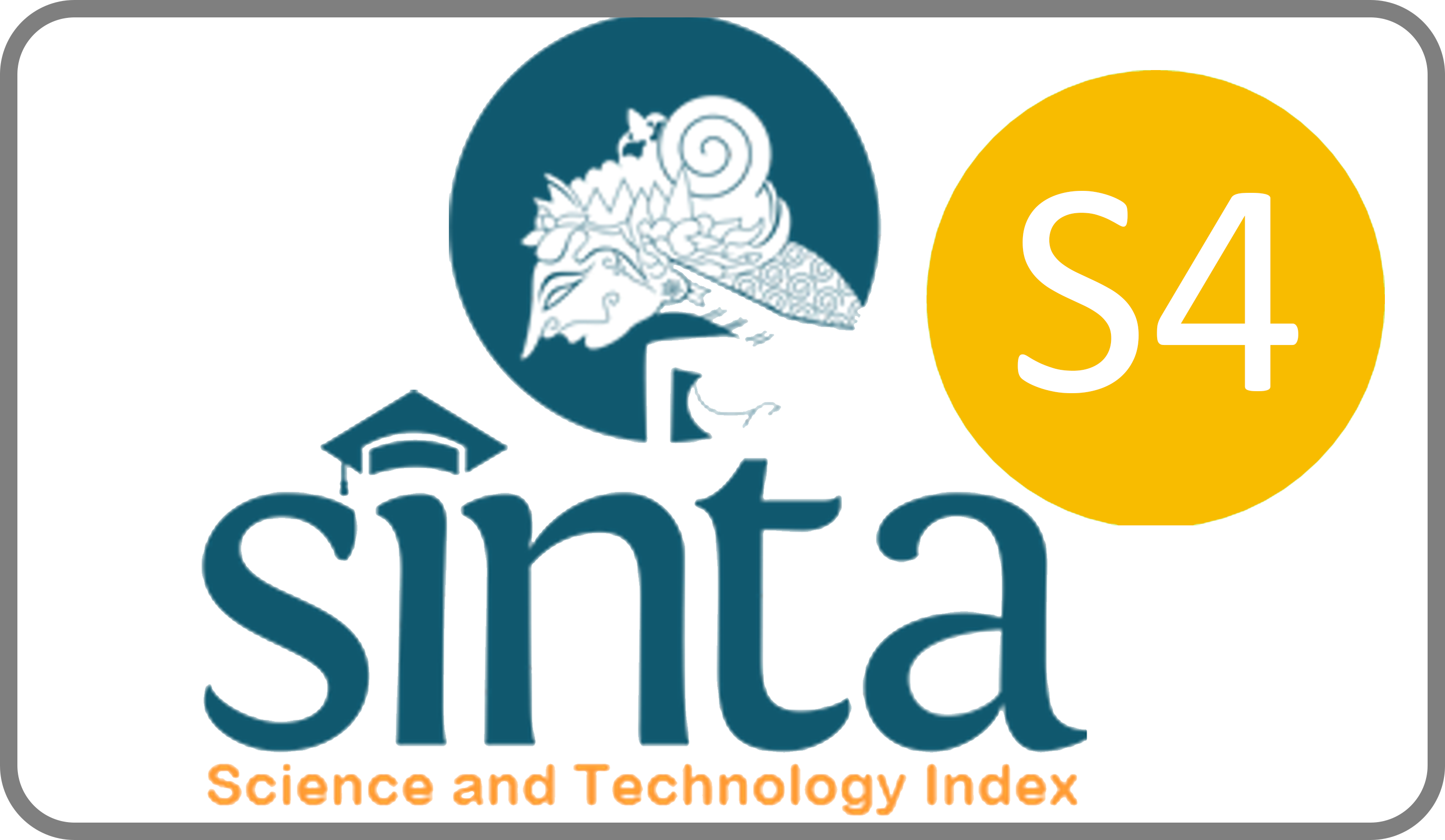COMMUNITY EMPOWERMENT THROUGH PRODUCT INNOVATION AND UTILIZATION OF DIGITAL TECHNOLOGY TO INCREASE EFFICIENCY, PRODUCTIVITY, AND PROMOTION OF MSMES IN TANJUNGSARI VILLAGE IN THE ERA OF SOCIETY 5.0
Downloads
Tanjungsari Village, Panekan District, Magetan Regency, East Java has been known as a rabbit village since the 1980s and has won a national award as a rabbit center from President Soeharto in 1985. However, Micro, Small, and Medium Enterprises (MSMEs) in this village face several obstacles, including low innovation in rabbit-based processed products, unattractive product packaging, and limitations in utilizing digital technology for marketing. PKM IMRIS aims to increase the capacity of MSMEs through a participatory approach with training in innovation in processed rabbit floss products, development of packaging designs, and utilization of digital platforms such as the Shopee marketplace and social media for promotion and sales. Activities are carried out through lectures, training, and intensive mentoring. The results of the program show a significant increase in partner skills, both in producing innovative processed products and packaging, and in utilizing digital technology to expand market reach. This program has succeeded in making partners competitive digital innovation and marketing agents, as well as strengthening the identity of Tanjungsari Village as a center for superior rabbit-based products. of UMKM products in Tanjungsari Village. Success Indicators: (a) Partners are able to create product innovations in processing and packaging of rabbit floss which is a unique potential of Tanjungsari Village; (b) Partners are able to create product innovations in packaging for UMKM products in Tanjungsari Village, and (c) Partners are able to utilize digital market place technology shopee and social media for promotion and marketing of UMKM products in Tanjungsari Village.
Anugrah, R.A. 2023. Diakses di https://rejogja.republika.co.id/berita/rs63or291/era-society-50-masyarakat-harus-kreatif-dan-produktif pada 10 Mei 2024.
Fauziyah, R.N. 2022. diakses di Inovasi Produk: Pengertian, Tujuan, Manfaat, Contoh, dan Cara Melakukannyahttps://www.gramedia.com/best-seller/inovasi-produk/#google_vignette pada 10 Mei 2024.
Yamada, M., Fukuda, K., & Nakamura, T. (2021). Digital Transformation and Market Expansion of SMEs in Southeast Asia. Journal of Small Business and Enterprise Development, 28(3), 402–419.
Mumpuni, R. (2024). Inovasi Produk dan Strategi Digital sebagai Pilar Ketahanan UMKM di Era Society 5.0. Jurnal Ekonomi Digital dan UMKM, 6(1), 15–28.
United Nations. Sustainable development Goals. Diakses di https://sdgs.un.org/goals pada 6 Mei 2024.
Desa Tanjungsari Magetan, Kampung Kelinci yang Terlahir Kembali. Diakses di https://beritajatim.com/gaya-hidup/desa-tanjungsari-magetan-kampung-kelinci-yang-terlahir-kembali/, pada 10 Mei 2024.
Potensi Desa Tanjungsari. Diakses di https://tanjungsari.magetan.go.id/portal/desa/detail-potensi-desa?kode_gambar=potensi_23735.20.08.20105f3c9b3ae1aec1.72333101 pada 10 Mei 2024.
Mukherjee, Amitava. 1995.Participatory Rural Appraisal Methodes and Apllication in Rural Planning. http://www.panchayat.gov.in/documents/10198/1389387/10Participatory+Rural+Appraisal.pdf. Akses 18 Agustus 2018
Shopee. diakses di https://shopee.co.id/ pada 10 Mei 2024.
Kementerian Koperasi dan UKM RI. (2021). Strategi Digitalisasi UMKM Pasca Pandemi COVID-19. Jakarta: Deputi Bidang UKM.
Sugiyono. (2019). Metode Penelitian Kuantitatif, Kualitatif dan R&D. Bandung: Alfabeta.
Kotler, P., & Keller, K.L. (2016). Marketing Management (15th ed.). Pearson Education.
Hasan, A. (2013). Marketing dan Kasus-kasus Pilihan. Yogyakarta: CAPS (Center for Academic Publishing Service).
Tambunan, T. (2019). Usaha Mikro, Kecil dan Menengah di Indonesia: Isu-Isu Penting. Jakarta: LP3ES.
Sari, P. (2022). Peran Mahasiswa dalam Meningkatkan Potensi UMKM Melalui Digital Marketing. Jurnal Pengabdian kepada Masyarakat, 7(2), 85–91.
Copyright (c) 2025 Henni Endah Wahanani, Sukirmiyadi Sukirmiyadi

This work is licensed under a Creative Commons Attribution-ShareAlike 4.0 International License.
JLM by Unair is licensed under a Creative Commons Attribution-ShareAlike 4.0 International License.
1. The journal allows the author to hold the copyright of the article without restrictions.
2. The journal allows the author(s) to retain publishing rights without restrictions
3. The legal formal aspect of journal publication accessibility refers to Creative Commons Attribution Share-Alike (CC BY-SA).
4. The Creative Commons Attribution Share-Alike (CC BY-SA) license allows re-distribution and re-use of a licensed work on the conditions that the creator is appropriately credited and that any derivative work is made available under "the same, similar or a compatible license”. Other than the conditions mentioned above, the editorial board is not responsible for copyright violation.


















